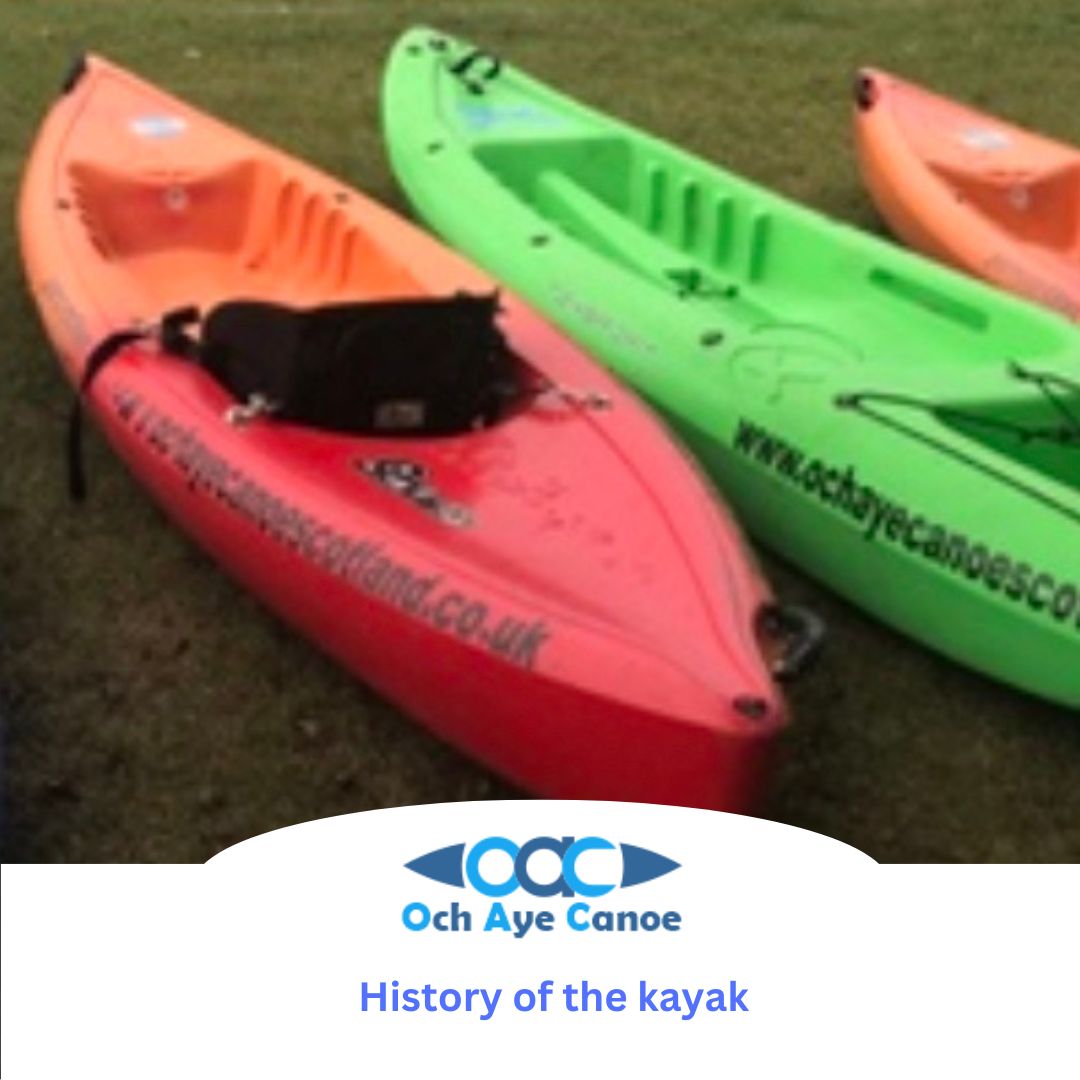Kayaks have a long and fascinating history, with evidence of their use dating back thousands of years. Originally developed by the Inuit people of the Arctic, kayaks were designed to be light, fast, and maneuverable boats that could be used for hunting and transportation in icy waters.
The earliest kayaks were made by stretching animal skins over a wooden frame and then sealing the seams with animal fat. These boats were incredibly light and agile, allowing Inuit hunters to pursue seals and other marine animals with ease.
Over time, the design of kayaks evolved, with different cultures adapting the basic form to suit their specific needs. For example, kayaks used by the Aleut people of Alaska were wider and more stable, allowing them to fish in open waters, while kayaks used by the Yupik people of Alaska were longer and more streamlined, making them faster and more agile.
In the 1800s, kayaking began to gain popularity as a sport, with European explorers and adventurers using kayaks to explore rivers and coastlines around the world. This led to further innovations in kayak design, with kayaks being made from a variety of materials including wood, canvas, and later, plastics.
Today, kayaking is enjoyed by millions of people around the world for both recreational and competitive purposes.
Och Aye Canoe uses sit-on kayaks which are really stable, you sit on them rather than in them so you won't get feel trapped either.

